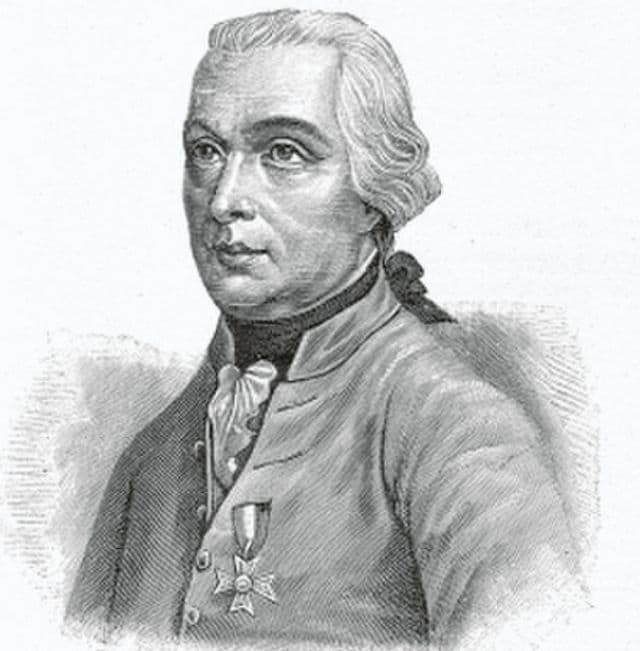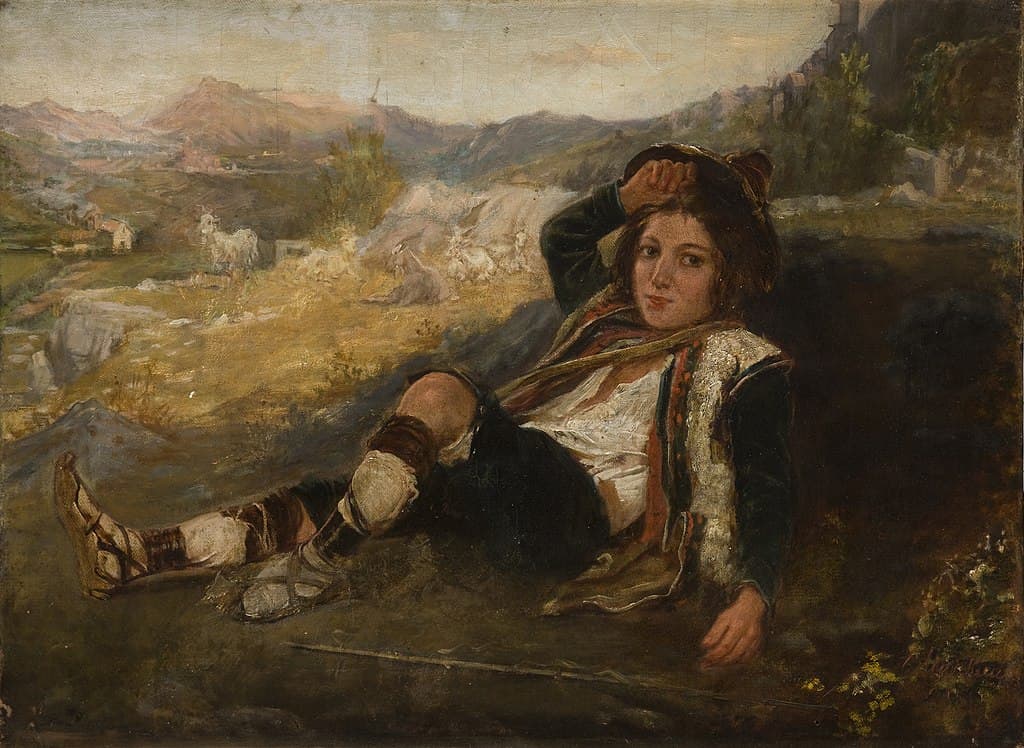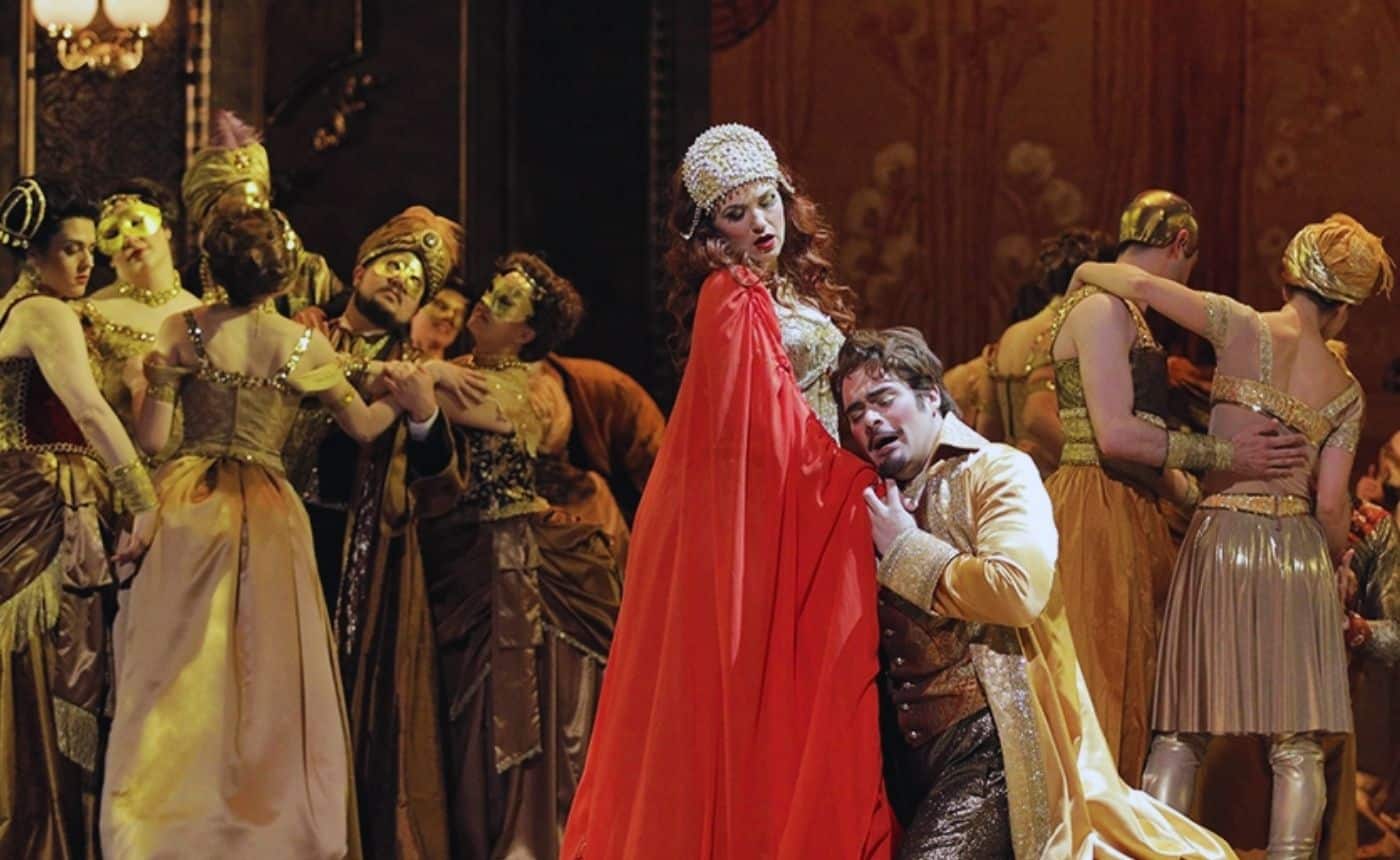Tosca online course by Dr. Carol AndersonPart 2. Verité, Verismo, Verisimilitude
by Dr. Carol Anderson
Possibly no opera is as deeply rooted in a specific time and place as Tosca. While most operas have been updated or re-set with varying levels of success, an Internet search of production photos reveals a preponderance of Empire-wasted gowns and revolutionary uniforms. Set against the dramatic backdrop of the Napoleonic wars, the action of the opera unfolds over approximately eighteen hours from the afternoon of June 17, 1800, to dawn on June 18. The Battle of Marengo was fought between the Austrian forces of General Melas, and the French army led by Napoleon on June 14, 1800. The battlefield location was near the town of Alessandria in the Piedmont region of Italy, just under six hundred kilometers from Rome. Premature reports of an Austrian victory led to the celebration of the Te Deum at the end of Act One, but the message of Napoleon’s final triumph is conveyed to Scarpia, and celebrated by the Revolutionary sympathizer Cavaradossi, midway through Act Two.
Each act of Tosca is set in a particular location in Rome, all of which still may be seen today. Director Kathleen Clawson visited each of the locations in the opera as she was preparing to direct Utah Opera’s 2015 production. She kindly allowed us to use her personal photos to enhance this feature. Act One takes place at the Church of Sant’Andrea della Valle, a venue change from Sardou’s original setting, Sant’Andrea al Quirinale. The reason for the change is simple: “Della Valle” happens to have a side chapel that could serve as the fictional private chapel of the Attavantis, and thus would provide a hiding place for Angelotti. Known as the Cappella Barberini, this chapel has been renamed popularly, perhaps by tour guides, as the Cappella di Tosca.

Act Two moves to Scarpia’s chambers at the Palazzo Farnese. This imposing Renaissance palace was commissioned by Alessandro Farnese, later Pope Paul III, and construction was begun in 1517. The palace eventually passed to the Italian Republic and was deeded to France in 1936 for a term of 99 years. Palazzo Farnese continues to serve as the French Embassy in Rome, for which France pays Italy monthly rent of one Euro. The opera’s dramatic conclusion takes place on the parapets of the Castel Sant’Angelo, situated on the banks of the Tiber River. This imposing cylinder was built in 139 A.D. as a mausoleum for the Emperor Hadrian and his family. Subsequent emperors were interred there, ending with Caracalla a century later. In various eras the Castel has served as prison, Vatican treasury, military fortress, papal Palace, and in modern times has been restyled as the Museo Nazionale di Castel Sant’Angelo. The upper level of the fortress, from which Tosca throws herself into the Tiber, is known as the Terrace of the Angel. Legend has it that the Archangel Michael appeared on the ramparts sheathing his angelic sword, as herald to the end of the Plague of 590. The imposing bronze representation of the archangel was created by Flemish sculptor Peter Anton von Verschaffelt in 1753.
Musical and dramatic verisimilitude was equally important to Puccini; it is well-known that he quoted actual Japanese folk songs in Madama Butterfly and Chinese songs in the children’s chorus music of Turandot. Tosca also reflects his customary attention to historical accuracy and detail. Puccini studied church processions to recreate as accurately as possible the pageantry of the Te Deum, including the uniforms of the Swiss Guards and the regalia of the church officials. Puccini uses the tone of the actual bell of St. Peter’s Basilica as the musical basis for the Act One finale. To reproduce the effect of churches ringing in the Roman dawn at the top of Act Three, Puccini traveled to the Castel Sant’Angelo to note the exact pitches of the bells as heard from the terrace. He then commissioned chimes to be cast by four different foundries, adding great expense to the production. After the premiere, the librettist Illica wrote to Puccini’s publisher, “the great fuss and the large amount of money for the bells have constituted an additional folly, because it passes completely unnoticed.” The Tosca Bells continue to cause “great fuss” every time the opera is produced!
A last detail to mention is the song of the Shepherd Boy that opens Act Three. A simple, almost folk-like melody provides the setting to a text written in a version of Romanesque dialect, as a peasant child of that era would not sing in proper Italian. Perhaps each individual detail is unnoticed by modern opera audiences, but when taken together, the result is a vivid snapshot of a significant time in history, against which the drama unfolds with maximum effect.






